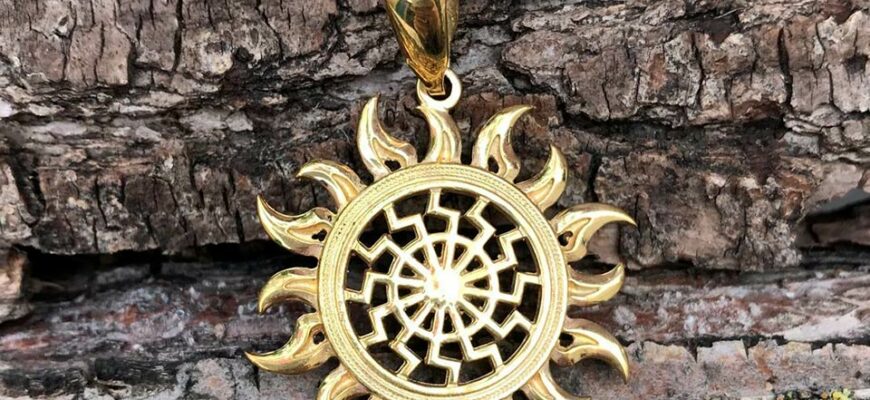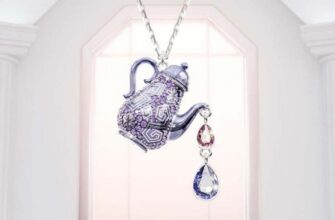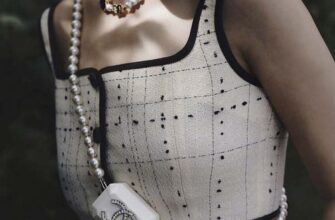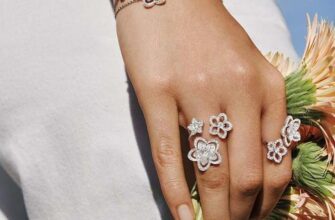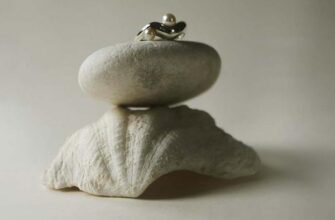The talisman of the sun is a powerful talisman, which in one form or another was present in the culture of almost all peoples. Moreover, the deification of the heavenly body did not appear immediately, but together with the idea of the divine origin of the ruler. That is, in mythology, both the king and the sun possessed supernatural powers.
It was believed that such a talisman protects from ailments and evil spirits, and also promotes spiritual development, but if mistreated, it can harm its owner. Ancient symbols of different peoples have their own characteristics, which must be taken into account before using an amulet with the sun.
Solar gods of the ancient Slavs and not only
As mentioned above, the cult of the sun was not only among our ancestors. The same phenomenon was observed among many peoples of the world: the Egyptians worshiped the sun god Ra, ancient Greeks - Helios, and the Indians - Miter.
The thing is that people used to be much more dependent on the vagaries of the weather. After all, if, for example, a village suffered a drought, then animals and people simply had nothing to eat, many were dying of hunger or thirst. Therefore, the attitude to natural phenomena was completely different.

People realized what a huge impact the sun has a bearing on their lives and tried in every possible way to show him their respect. To this end, the priests performed special rituals, made sacrifices, and praised the luminary in various ways. It was believed that this would bring good luck and happiness to the people.
Our ancestors not only made amulets with the sun. One of the most famous customs dedicated to the heavenly body is round ritual cakes (pancakes) for Shrovetide.
The sun gods of different peoples bear different names, differ in history and appearance. Nevertheless, their essence is practically the same - the powerful gods gave people light, strength and hope.
The most famous world sun gods are:
- Helios - so the ancient Greeks called the sun god. They believed that the deity traveled through the sky every day on his golden cart, which was harnessed by four horses. Helios began his journey from the east, where the house of the deity was located. By evening, the god drove to the west, and by morning he again returned to the starting point.
- Apollo - this is the god worshiped by the ancient Romans. Since this deity was distinguished by incredible beauty, they used to compare physically attractive men with him. In antiquity, beauty was inextricably linked with art. Perhaps this is why Apollo is also considered the patron saint of people of creative professions.
- Ra - The Egyptian sun god is often depicted with a falcon's head adorned with a sun disc. The ancient Egyptians applied his images to the walls of temples and residential buildings, made amulets and talismans. The most popular were charms with the eye of Ra, which is also called the eye of Horus, and the sun with wings.
- Amaterasu - this goddess comes from Japan. According to legend, it was she who taught her people to grow rice and produce silk. It is also believed that the first Japanese ruler, Amaterasu, the goddess was his own great-great-grandmother.
- Miter - the name of this Indo-Iranian deity is translated as "friendship". According to myths, this is the god of friendliness, justice and peace. Mithra was also responsible for fertility, therefore, for the sake of a rich harvest, people regularly sacrificed a bull to him.
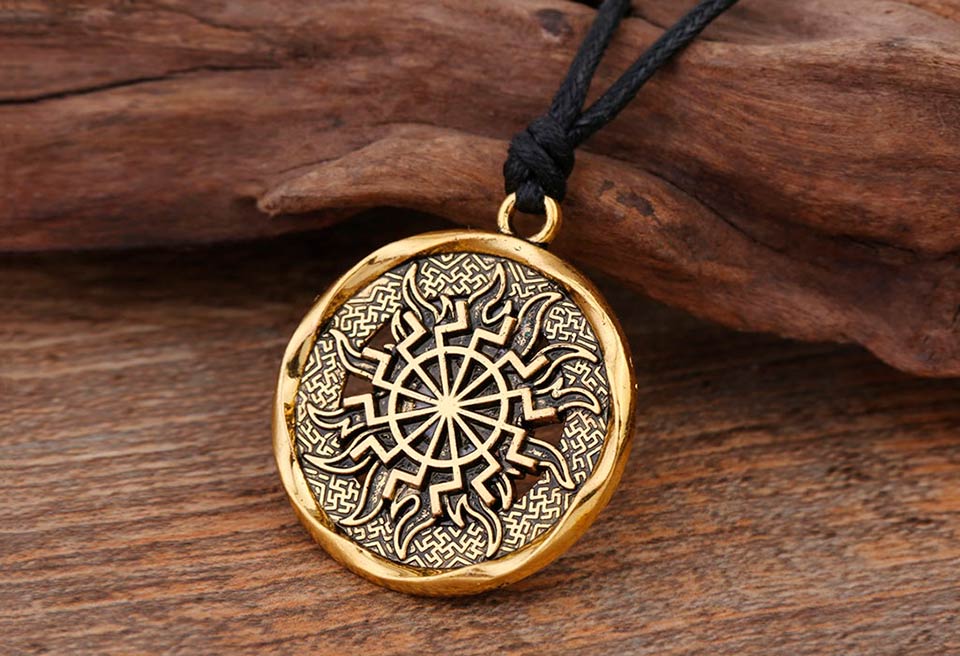
The Slavs already had four sun gods. A logical question - why so much? The answer lies in the fact that our ancestors represented the heavenly body in four forms at once - in the form of a baby, a young man, a mature man and an old man. According to legend, the solar disk traveled the same path every year, from a baby to an old man, and then was born again.
The Slavic sun gods were called like this:
- Kolyada Is a young sun that is born on the longest night of the year. The myths say that Kolyada is the son of Dazhdbog. He comes to this world to protect people from the undead that rampage in the middle of winter. The tradition of singing carols is just an echo of the worship of the ancient sun god.
- Jarilo - a young man who replaces Kolyada on the day of the vernal equinox. This god is full of desire and strength to live, symbolizes love, passion and fertility. It is believed that Yarilo helps women get pregnant.
- Kupalo - the summer sun god is often depicted as a golden-haired handsome man. Its time comes at the time of the summer solstice. Since the time to harvest has not yet come, you can indulge in love and idleness. On the night of Ivan Kupala, the girls wondered about their betrothed, and the couples tried to find a fern flower.
- Svyatovit - it is also called Avsenia or Autumn, which appears on the day of the autumnal equinox. This is already a wise old man, paving the way for his new incarnation - Kolyada.
Some researchers believe that Kolyada is only a folklore character who does not belong to the number of deities. In their opinion, the god of the winter sun was not Kolyada, but Khors. Each of them has its own symbol - the Khors sign (four-pointed swastika) and a carol (eight-pointed swastika).
The meaning of the Slavic amulet Yarilo
And although Yarilo is not the central god of Slavic mythology, he occupied an important place in the life of our ancestors. Yarilo's symbol is the personification of all those qualities that are inherent in the spring god. This sign was considered a youthful amulet that protects the younger generation from evil forces and diseases.
The appearance of this symbol did not have strict frames, but almost all Slavs were depicted in about the same way - the face of the sun god with rays of light.
Our ancestors embroidered such a sign on clothes, depicted on houses and even made them on ritual pastries. Nevertheless, such a symbol had its own rules - it was possible to use its power carelessly only in the spring.
The symbol of the god of spring is a powerful talisman that was not allowed to be used at other times of the year. It was believed that not only would it not work, but would also harm its owner. His strength was not terrible only boys and girls aged 14 to 25.
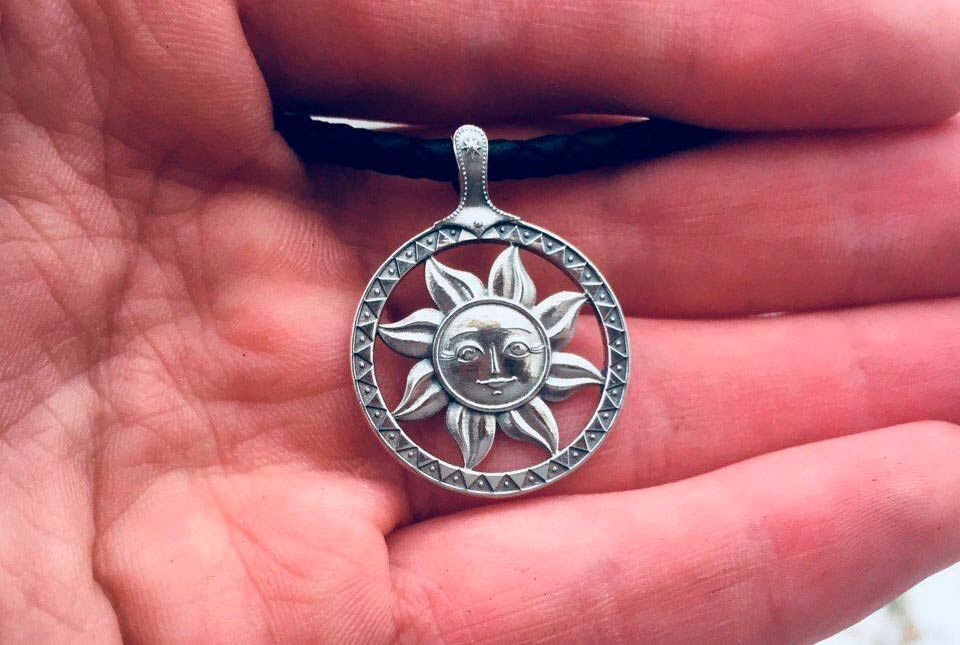
The main meaning of the amulet with the sun is as follows:
- protection from evil;
- development creativity;
- attraction of the opposite gender or diversity in relationships.
If you turn to the deity too often or do it with malicious intent, then you can not expect good from the amulet.
What does the symbol of the solstice mean?
The amulet is an eight-ray swastika, which symbolizes the solar disk with rays of light. The solstice outwardly resembles Kolyadnik, Ladinets and Kolovrat, since these talismans are also made in the form of a swastika. The main difference from such symbols is that the Solstice is made with more rounded and softer lines.
Our ancestors divided all solstice into two types:
- Thunderman - its rays are turned to the right, which symbolizes the rebirth of nature, the approach of summer.
- Thunderstorm - directed to the left, which personifies winter, cooling, fading of nature and everything around.
They have different meanings. Force Gromovika It is as follows:
- gives strength and endurance;
- enhances the intellectual abilities of its owner;
- makes his master an optimist, gives him a thirst for life;
- strengthens faith in victory;
- helps to maintain military honor.
This amulet is associated with Perun, Dazhdbog and Svarog. These deities are real fighters for justice, and they will not help a person with impure thoughts.
Thunderstorm it acts on a person like this:
- helps the owner to establish harmonious relationships with the outside world;
- reveals new abilities, talents, helps to develop them;
- protects from dark forces and even the vagaries of nature.
This sun-shaped talisman is a masculine symbol that girls should not wear.
Amulet with sun and moon
This Slavic symbol is similar to the Chinese Yin and Yang. Two heavenly bodies are two opposite energies that cannot exist without each other.
Sun symbolized male start, and The moon is feminine. Daylight - the personification of life, which acts as follows:
- gives a supply of vitality;
- directs towards the fulfillment of their goals and desires;
- makes its owner more assertive and active.
The sun is considered a symbol of endless life.
Луна it also has tremendous strength, which is hidden behind external indifference and calmness. The night light is associated with coolness, softness, calmness. She personifies the flow of thoughts and ideas, therefore she patronizes creative individuals. People believed that when wearing this amulet they would be able to regain their strength.
Other Slavic amulets with the sun
There were a lot of talismans with the sun. Most of them provided the owner with protection from dark forces, gave energy. Nevertheless, each sign has its own characteristics, which should not be neglected when using a talisman.
Star of Russia
This symbol is also called Svarog square... This is an exclusively male amulet associated with fire. The meaning of the talisman is reduced to the preservation of the home, the extension and protection of the clan.
Rod symbol
Such an amulet is a symbol of fertility, light, prosperity. In addition, the amulet helped family members get along with each other, observe and respect the traditions of their ancestors.
Walk into the sun
The Scandinavian sign is also called the "knot of the fallen". This symbol symbolizes the connection between the worlds and is often used by magicians for rituals. It is believed that Valknut also means the unity of soul, spirit and body.
Winged sun disc
This is the amulet of the Egyptian sun god Ra. This talisman protects its owner from dark forces, strengthens his physical and spiritual health. In addition, such a talisman helps to achieve peace of mind and tranquility.
Sun Stone
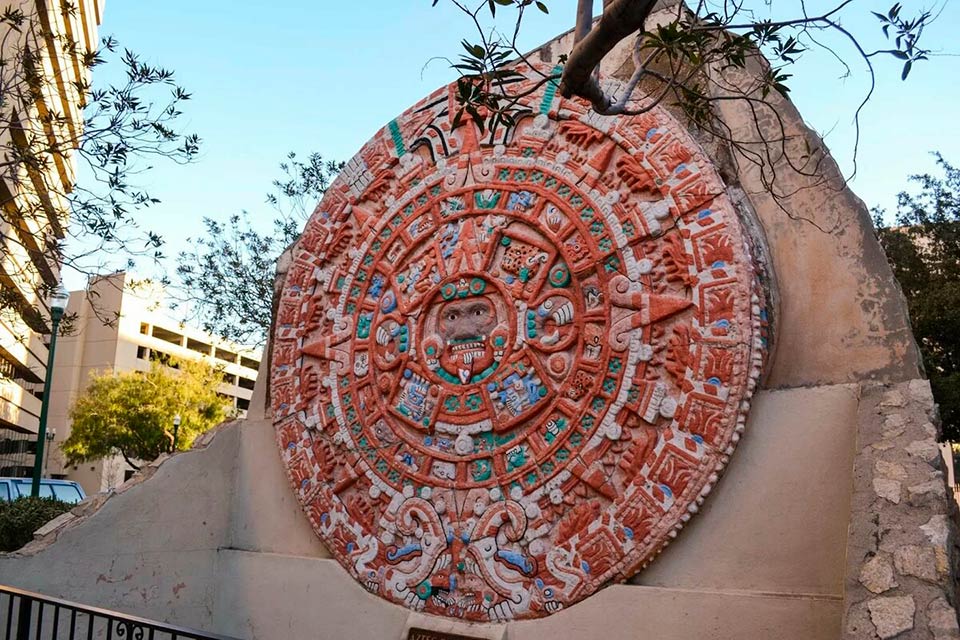
The guardian comes from distant Mexico. Initially, the Aztecs used the sun stone for astrological changes, and then to harmonize life and gain benefits.
Spirit of the sun god
The Indian talisman personifies the cycle of things in nature. It endows its owner with wisdom, strength and energy.
Charms with the sun are a frequent occurrence in the cultures of different nations. Usually they are endowed with powerful force, reliably protect their owner from bad energy influences (damage, evil eye, love spell). Nevertheless, this is their main danger - if some rules are not followed, talismans can harm the owner. For this reason, always try to find out more about the amulet before asking for help.
